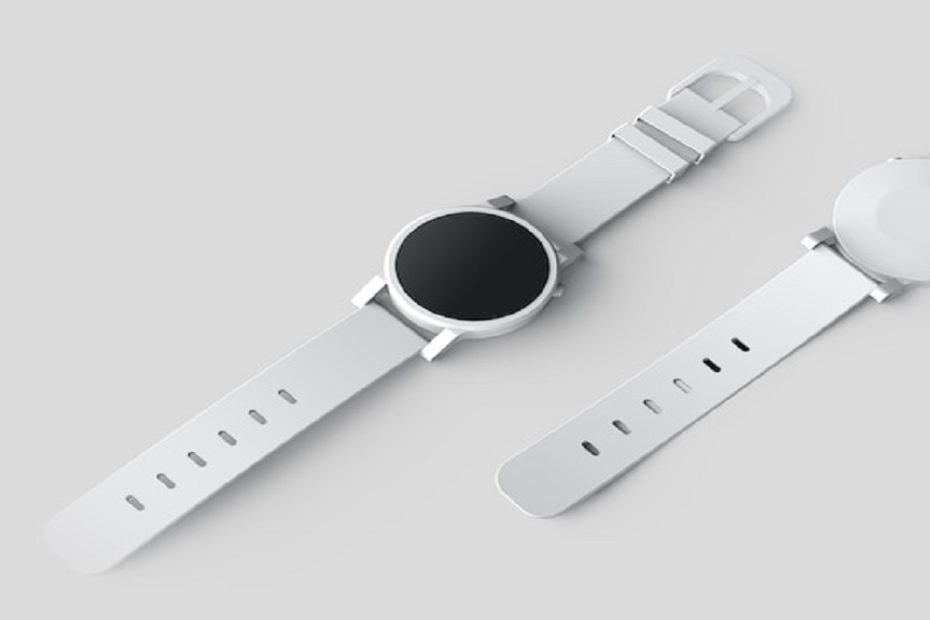It takes a lot of forethought, imagination, and ingenuity to bring a new product to market. Every stage of the process, from ideation through introduction to the market, is fraught with potential pitfalls and breakthroughs. Bringing an idea to market involves a great deal of investigation, planning, sketching, prototyping, testing, and tweaking. The stakes may be high, but the payoff for a successful product launch is high as well. It paves the way for new sources of income, enlarges your potential customer base, and raises the profile of your brand. In addition, it helps companies maintain their competitive edge in an ever-changing market. Keep reading for more information on how to improve your next product’s development process. In this article, we will discuss seven tips to consider when developing a new product.
Perform Market Analysis
The first step in doing fruitful market research is to zero in on a certain target audience and learn everything you can about their wants, requirements, and habits. Gather information and understand using a mix of primary and secondary sources. Gather qualitative information from prospective consumers via in-person interactions like surveys, interviews, and focus groups. To learn more about the industry and the market, research papers, analyses of competitors, and current trends. You may use the information gleaned from this study to better plan your product’s future development and launch.
Define Clear Objectives
Make sure your goals are SMART (specific, measurable, achievable, relevant, and time-bound) when you define them. Stating your goals for the new product out loud can help you stay focused and on track while you work to bring it to fruition. The effectiveness of your product development activities may be gauged in large part by how well you define and stick to certain goals.
Create a Solid Product Development Plan
Creating a tangible version of your concept requires a well-thought-out product development strategy. Tasks, due dates, resource allocation, and checkpoints are all part of the plan. Divide the strategy into smaller, more manageable chunks, and give each member of the team a specific task to do. Use different tools and stuff, such as the VDA 6.3 audit tool to guarantee efficient execution. Think of everything from brainstorming to engineering to prototyping to testing to production to distribution. A well-thought-out strategy may help you keep on track, guarantee effective execution, and reduce potential dangers.
Prioritize User Experience
The quality of the product’s UX is crucial to the product’s overall success. Get to know your customers inside and out so you can create a solution that solves their problems while satisfying their wants. Think about how the product will be used, how it will be accessed, how it will look, and how it will perform. Throughout the development process, you should do user testing and collect feedback to improve the quality of the user experience.
Implement Effective Project Management
The successful coordination and completion of a project depends on competent project management. Make sure everyone knows their position, that expectations are clear, and that deadlines and milestones are attainable. Get organized, stay on top of your responsibilities, and coordinate efficiently by using project management software. Discuss issues, check in on development, and make sure everyone is on the same page with regard to project goals by maintaining open lines of communication.
Test and Iterate
Product development entails a lot of testing and iteration. Thorough testing at each level can help you find problems and make adjustments early on. Iterative improvements may be informed by user input, usability testing, and analysis of performance indicators. Improve the product’s features, functionality, and user experience via constant iteration in response to customer input and market intelligence.
Consider Intellectual Property Protection
Your creative thoughts and original creations need to be protected, and intellectual property (IP) law does just that. Experts in patents, trademarks, and copyrights can help you choose the best way to protect your creation. Protecting your intellectual property means no one else can use or reproduce your product without your permission, giving you a leg up in the marketplace.
Conclusion
The success of your product relies on your ability to prioritize user experience, execute efficient project management, and enthusiastically embrace testing and iteration. Finally, thinking about intellectual property protection will keep your idea secure and provide you with an advantage in the market. So, don’t be afraid to imagine big things, let your imagination run wild, and start along the thrilling path of bringing your new idea to fruition. You may significantly affect the industry and accomplish incredible things with the appropriate strategy and resolve.
